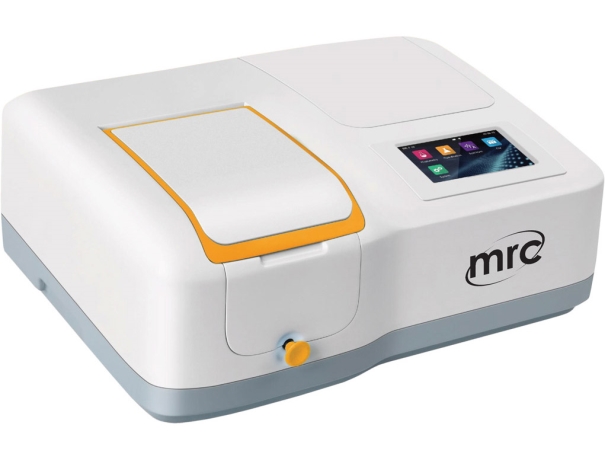UV-Visible (UV-Vis) spectrophotometry and infrared (IR) spectrophotometry are two widely used techniques in analytical chemistry to analyze the chemical composition of substances. While both methods involve measuring the absorption of electromagnetic radiation, they operate in different regions of the electromagnetic spectrum and provide distinct information about molecular structures.
UV-Visible Spectrophotometry:
- Wavelength Range:
- UV-Vis spectrophotometry deals with the ultraviolet and visible regions of the electromagnetic spectrum.
- Ultraviolet light ranges from 200 to 400 nm, and visible light ranges from 400 to 800 nm.
- Principle:
- It relies on the absorption of light by molecules, typically electronic transitions.
- The energy levels involved in UV-Vis absorption are related to the movement of electrons between different molecular orbitals.
- Applications:
- Commonly used for analyzing the concentration of chromophores (substances that absorb light) in a solution.
- Applications include quantitative analysis of metal ions, organic compounds, and biological molecules like nucleic acids and proteins.
- Limitations:
- Limited in its ability to provide detailed structural information.
- Absorption peaks can be broad and may not be as specific for identifying functional groups.

Infrared Spectrophotometry:
- Wavelength Range:
- Infrared spectrophotometry deals with the infrared region of the electromagnetic spectrum.
- It typically covers the range from 2,500 to 16,000 nm.
- Principle:
- It measures the absorption of infrared radiation by chemical bonds in a molecule.
- Vibrational transitions, involving changes in the vibrational energy of bonds, are responsible for absorption.
- Applications:
- Useful for identifying functional groups in organic compounds.
- Valuable for studying molecular conformations and structures.
- Widely employed in the analysis of polymers and organic compounds.
- Limitations:
- May not be as sensitive for dilute solutions as UV-Vis.
- Requires samples to be in the form of thin films or be transparent to infrared radiation.

Comparative Analysis:
- Selectivity:
- UV-Vis is generally less selective than IR. UV-Vis can identify substances with conjugated double bonds or aromatic rings, while IR provides more detailed information about the functional groups present.
- Sensitivity:
- UV-Vis is often more sensitive, making it suitable for analyzing trace amounts of substances. However, IR is more sensitive to specific functional groups.
- Sample Requirements:
- UV-Vis is versatile and can analyze samples in various forms, including liquids and gases. IR often requires samples to be in a specific form, such as thin films.
- Information Depth:
- UV-Vis provides information about electronic transitions in molecules but doesn't give detailed structural information. IR provides information about molecular vibrations, offering insights into molecular structures.
- Applications:
- UV-Vis Spectrophotometer is commonly used for quantitative analysis and determining concentrations. IR is often employed for qualitative analysis, identifying functional groups and structural details.